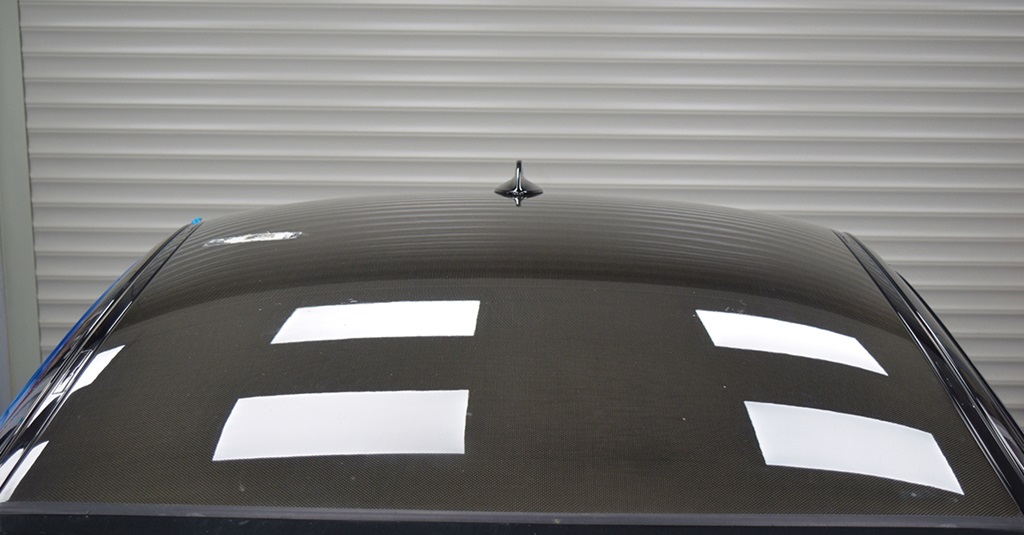The sleek lines and sporty aesthetic of a carbon fiber roof can elevate your car’s appearance, save weight, and enhance its performance. However, installing a fiber roof isn’t your average DIY project. Let’s dive into who handles this specialized job, the process, and considerations before making the switch.
Who Performs Fiber Roof Car Installations?
- Specialty Body Shops: Auto body shops with a focus on customization and performance modifications are your best bet. Look for shops with experience in working with composite materials like carbon fiber or fiberglass. They’ll have the expertise to ensure correct fitment, structural integrity, and a seamless finish.
- Performance Tuning Shops: Shops specializing in performance upgrades often handle fiber roof installations alongside other performance-enhancing modifications. Their focus on aerodynamics and weight reduction aligns perfectly with the benefits of a fiber roof.
- Experienced DIYers: If you’re a skilled mechanic with a well-equipped workspace and a passion for hands-on projects, you could attempt a DIY installation. Be aware that this requires substantial knowledge, and specialized tools, and carries the risk of voiding warranties.
The Installation Process: A Breakdown
- Original Roof Removal: Meticulously cutting away the existing metal roof is the most critical step. Technicians use specialized tools to preserve the integrity of the car’s structure and avoid damaging surrounding components.
- Surface Preparation: The remaining metal framework needs thorough cleaning and preparation for the bonding process. This is essential for a secure hold and preventing future leaks or failures.
- Bonding and Sealing: High-strength adhesives specifically designed for composite materials are used to bond the fiber roof panel in place. Careful sealing around the edges is vital to prevent water intrusion.
- Reinstallation of Windows: If windows were removed during the process, they are re-installed using the original seals or new ones if necessary.
- Finishing Touches: The final step involves blending any visible seams and either painting the fiber roof to match your car or leaving the raw, sporty carbon fiber weave exposed.
Choosing Between Carbon Fiber and Fiberglass
Both carbon fiber and fiberglass offer weight savings over steel roofs, but they possess distinct properties:
- Carbon Fiber:
- Pros: Immense strength-to-weight ratio, rigid, visually appealing weave pattern.
- Cons: More expensive, can be somewhat brittle.
- Fiberglass:
- Pros: Affordable, flexible, easier to work with for repairs.
- Cons: Heavier than carbon fiber, less prestigious visually.
Related: Why Roof Maintenance is so Important for the Winter
Important Considerations Before You Commit

- Cost: A professional fiber roof installation can be expensive, ranging from thousands of dollars depending on the car model, material choice, and complexity. Factor in labor costs and materials.
- Structural Impact: If done incorrectly, roof removal can compromise your car’s structural integrity. Ensure your chosen installer has the knowledge and experience to maintain your vehicle’s safety.
- Reversibility: In most cases, a fiber roof installation is considered a permanent modification. Returning to a metal roof may be complex and costly.
- Resale Value: While a fiber roof can be attractive to performance enthusiasts, it might limit your potential buyer pool if you decide to sell the car.
Is a Fiber Roof Right for You?
Weigh the benefits and considerations carefully before taking the plunge:
- Performance Aspirations: If you’re serious about track performance or competitive racing, the weight savings and potential aerodynamic benefits of a fiber roof can be valuable.
- Aesthetic Preferences: The unique look of carbon fiber or a color-matched fiber roof dramatically changes the visual appeal of your car.
- Budget: Be realistic about the costs involved and ensure they fit within your modification plans.
Finding the Right Installer
- Recommendations: Seek referrals from car clubs, online forums relevant to your car model, or fellow performance enthusiasts.
- Shop Reputation: Research shops in your area. Read reviews, check their portfolios, and inquire about their specific experience with fiber roof installations.
- Clear Communication: Discuss your goals, material preferences, and budget before work begins. Ensure a clear understanding of the process and timeline.
In Conclusion, A fiber roof installation is a significant change to your car. By understanding the process, finding qualified experts, and weighing the pros and cons, you can make an informed decision and potentially transform your vehicle.





